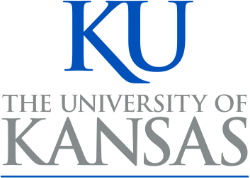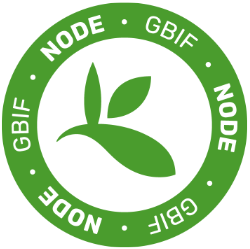iDigBio Call for Community Appliances
An important activity of iDigBio is to deliver IT infrastructure and services for a highly coordinated biocollections digitization community.
Through the use of computer appliances, the community will interact with the iDigBio storage cloud and specimen database.
The iDigBio team seeks to team up with developers of tools to guide development, disseminate, and host virtual appliances that integrate such tools.




